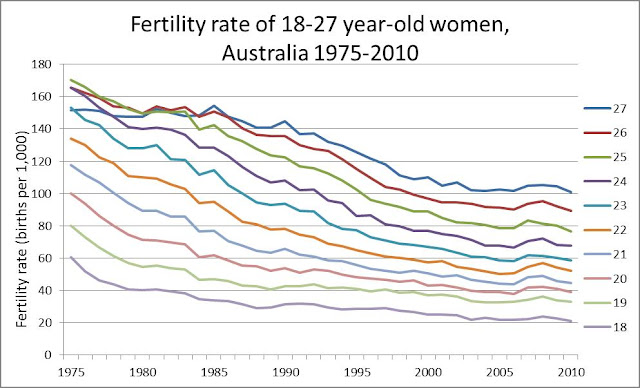One of life’s great tragedies is the limited opportunity for
meal consumption, usually estimated at 3 per day. The seriousness of such a condition is accentuated
when travelling through cities at fast pace.
Having failed to find an adequate pizzeria on the first of a
two-day fly by Napoli, the alleged birthplace of such fine cuisine, the
pressure mounted on my second day. Without the three-meal-per-day phenomenon I could have tried every pizzeria I walked past, but knowing I would only get one crack
at it, the choice would define my soon-to-be memories of this wonderful
city. The three-meal standard was once
again proving a major limitation on my savouring life.
 |
| After hours of walking, pizza napoletana. |
I walked up and down the Neapolitan streets in search of
this fabled slice, finally giving up as the sun was setting, mostly due to hunger, anger, and my train’s imminent departure. In a final bout of desperation I succumbed to the type of
‘cheesy’ touristy pizzeria I would otherwise arrogantly lift my nostrils at. Not even the world’s best
table red (coca cola) could help me wash down the shame and disappointment.
Back in home territory the opportunities to try the local
cuisines might not be so limited (numerically speaking), but the desire to
maximise every outing still holds. Over
the years I have realised that a restaurant’s reputation is not a great
predictor of satisfaction. Neither is the
size of its queue. But perhaps among the masses lie some nuggets
of truth for us to take away.
Websites such as urbanspoon provide peer reviews rather than
the “hat” dispersing scriptures dividing good food from evil. Usually used to check out restaurants
individually, the data held by these online voting booths can surely tell us
more about our candidates.
While not including every restaurant in Australia, the 22,297
profiled in capital cities across the country appear to constitute a majority
of the population. According to a quick
search in the Yellow Pages there are 31,900 “Restaurant and Cafes” across the
capital cities, and an ABS publication estimates the figure at 15,423 in 2007. While the scopes and definitions
might differ slightly, the figures suggest it's a decent sample.
When looking at restaurant reviews in bulk a few things
become apparent:
Reviewers are generally positive creatures.
Cost
driven expectations are not matched by experience.
If you love your steaks, eat at home.
Urbanspoon’s rating system is expressed as a percentage of
the people who liked it vs. those who disliked it. On average restaurants get liked 78% of the
time. This average "like score" is consistent (+/- 3%) across all capital cities*. While almost 40% score in the 80s, less than
5% of restaurants have scores under 50%.

Surprisingly, these positive reviews are less likely for the expensive restaurants than el cheapo ones. The elevated expectations which come with
paying extra seem to lead to disappointment.
Overall,
cheap restaurants score 9 percentage points more than expensive ones, with the
middle ranges falling in between. This
trend occurs not only across all capital cities*, but also
across most cuisine types. Cheap Thai
beats expensive Thai, but then again cheap Thai beats pretty much everything!
French restaurants (and to a lesser extent
Japanese) seem to disturb the pattern.
Of the cuisines with large enough sample sizes, les French are one of the
only cuisines not to show decreased satisfaction likelihood with increased price,
keeping a steadily high level across all price
ranges (80% like).
So why pay more if we’re less likely to like it? The
difference in price is not insignificant, so if these data are anything to go
by: cheap is cheerful, and pricey just makes disappointment more likely.
Sometimes we don’t crave fancy or convoluted: forget the foam
and the parfait, the cocktails and pate. Sometimes we just want a bit of steak (aged, of course, wagyu if possible). In that case, do not head to a steakhouse. Of all categories of restaurants on urbanspoon, steakhouses fare the worst with an approval rating of just
69%!
How hard can it be?
Perhaps it's
because it doesn’t come with the scent of closely mowed grass, but as simple as a steak is to serve
(usually with a side of chips and mushroom sauce) steakhouses just don't cut it.
On the other hand vegetarian
restaurants score 80%, up there with Turkish, Korean, and Fish and Chips!
______________________________
* When discussing capital cities, Hobart, Darwin and Canberra are excluded due to their small sample size.











